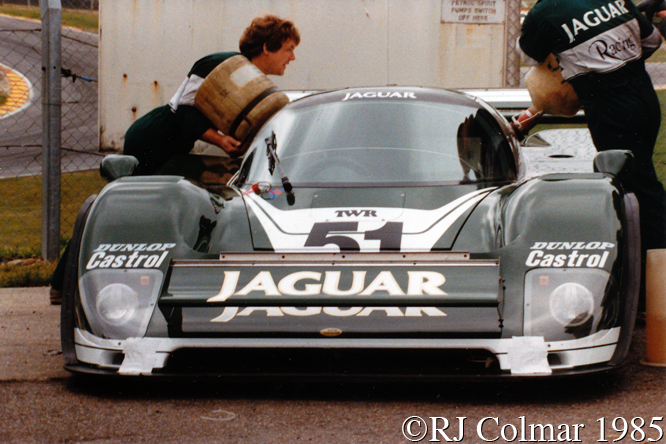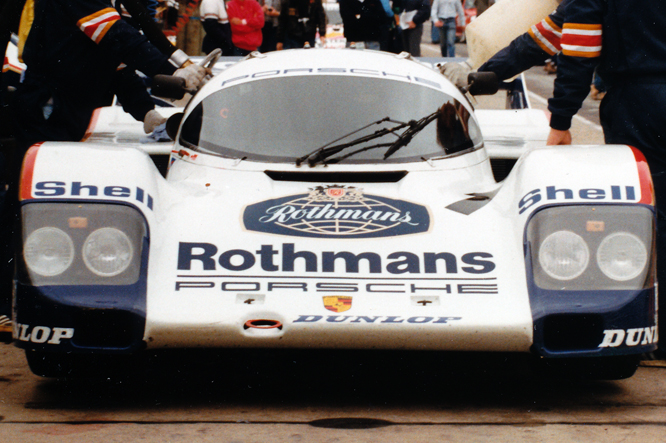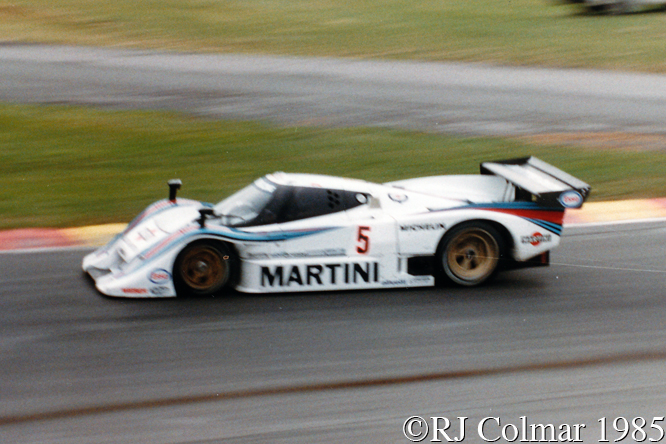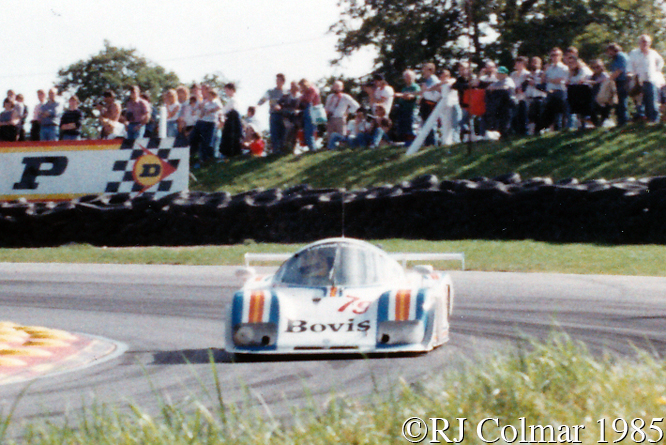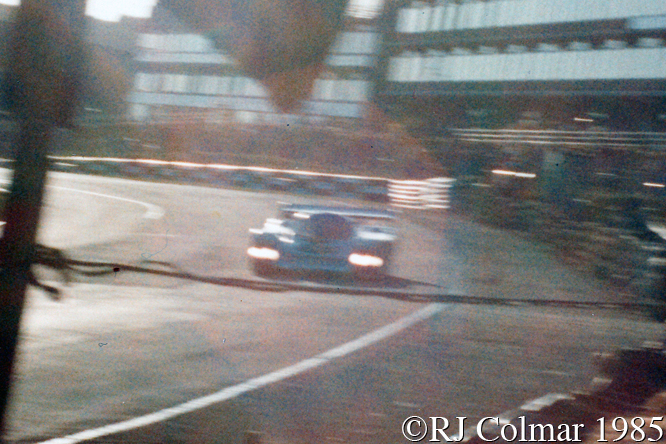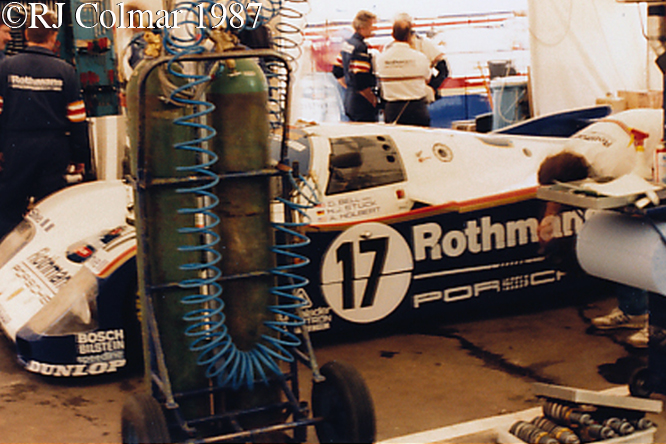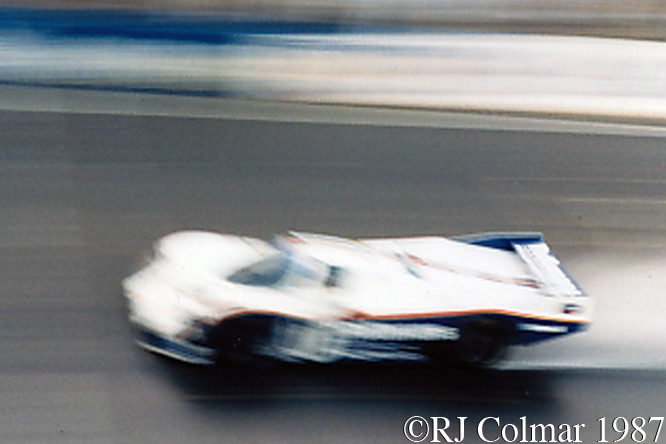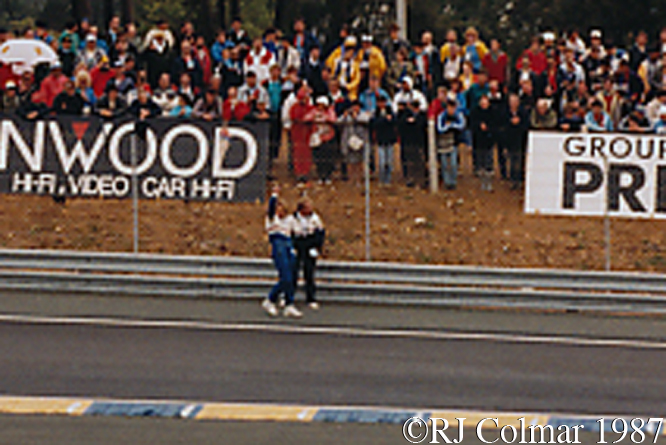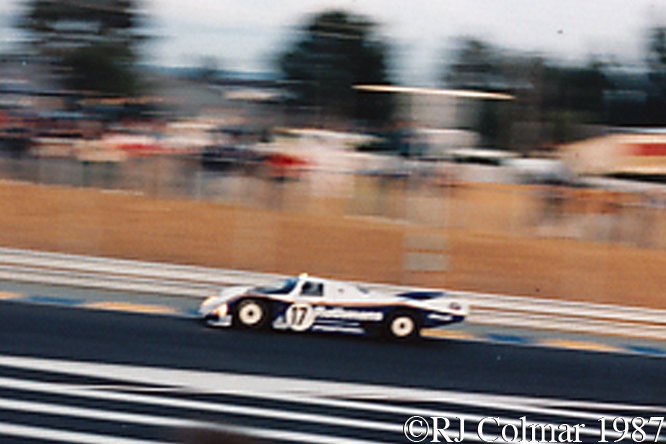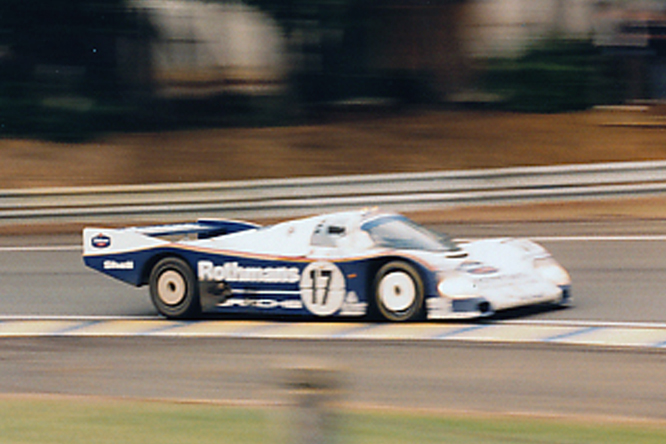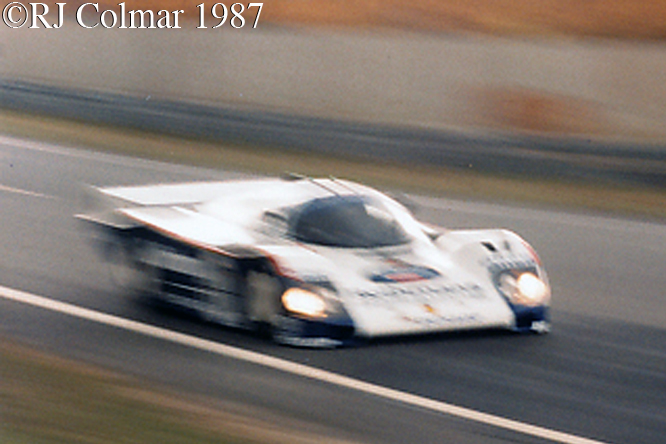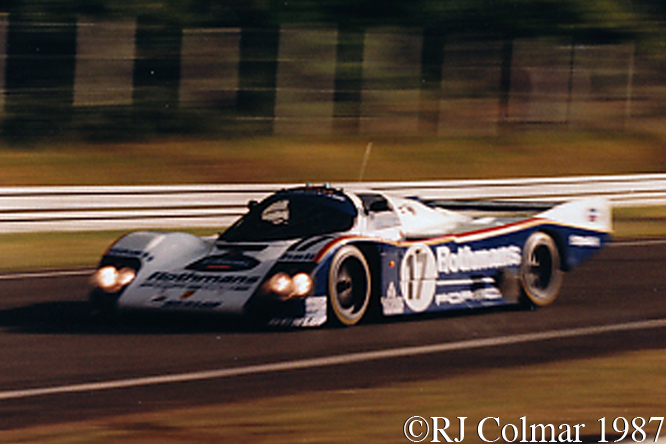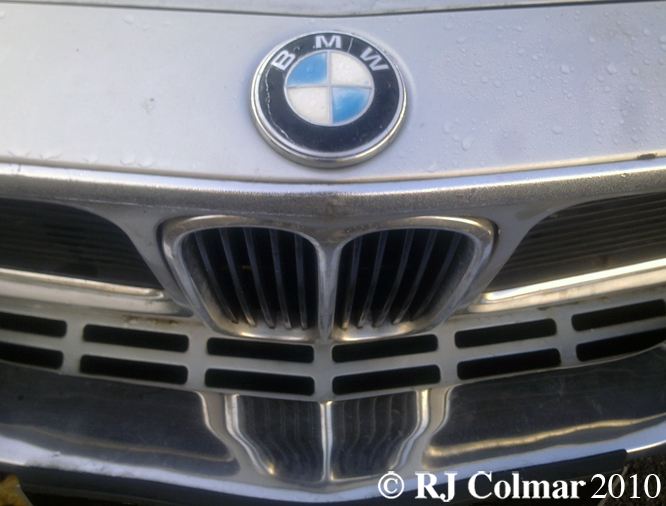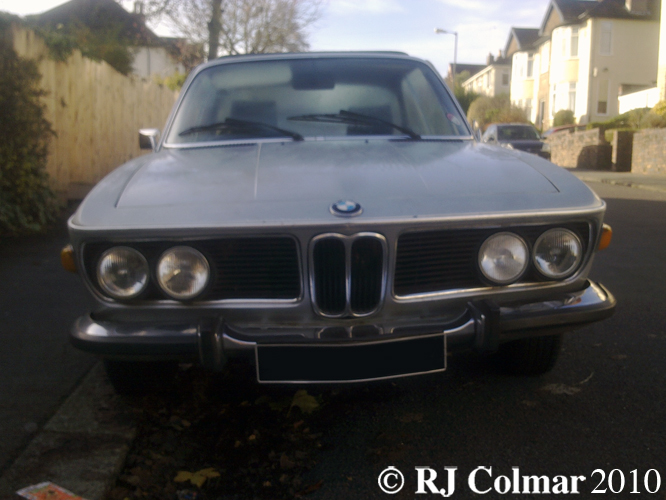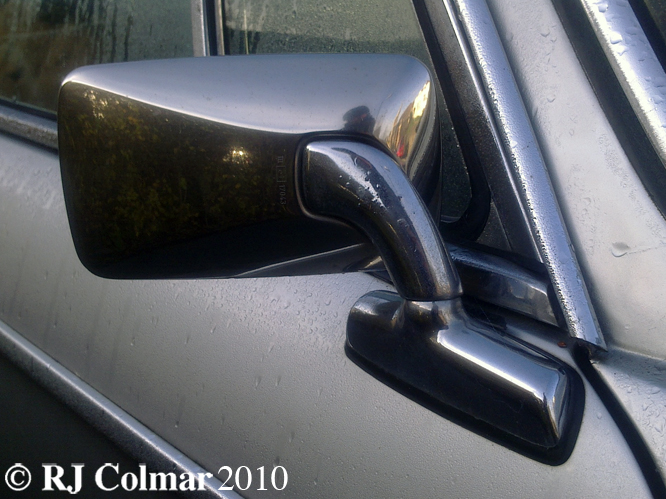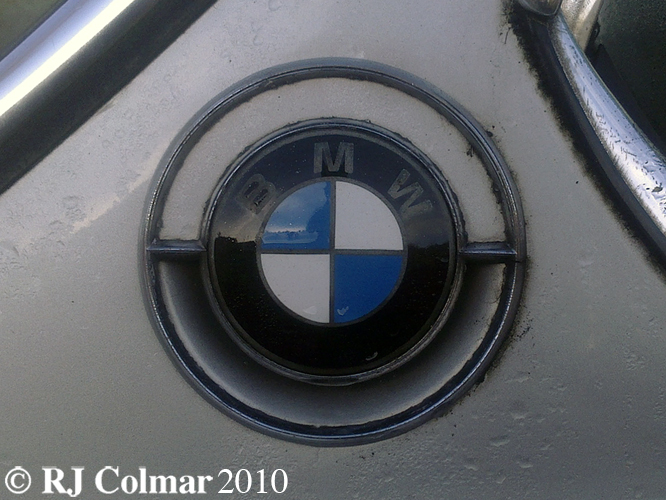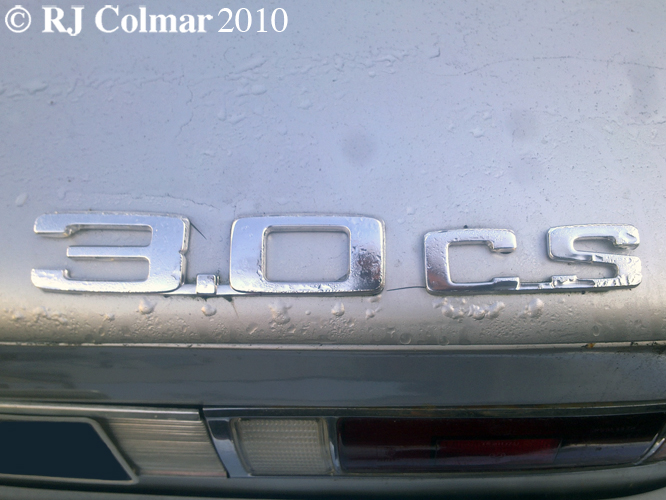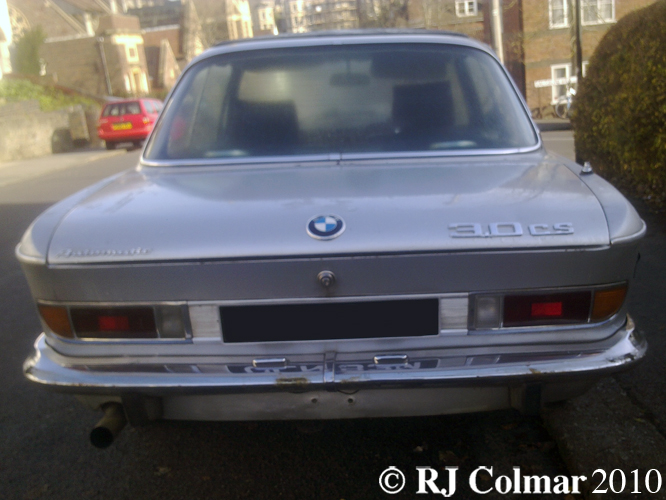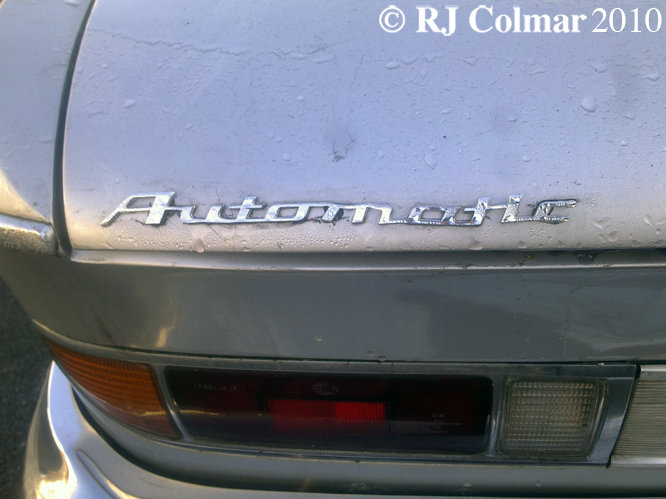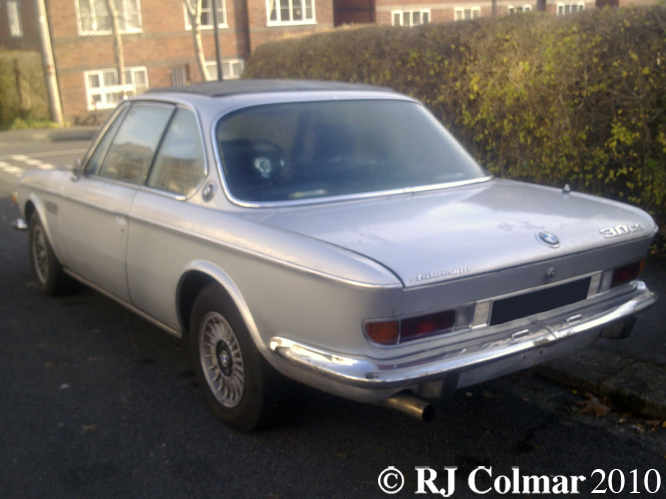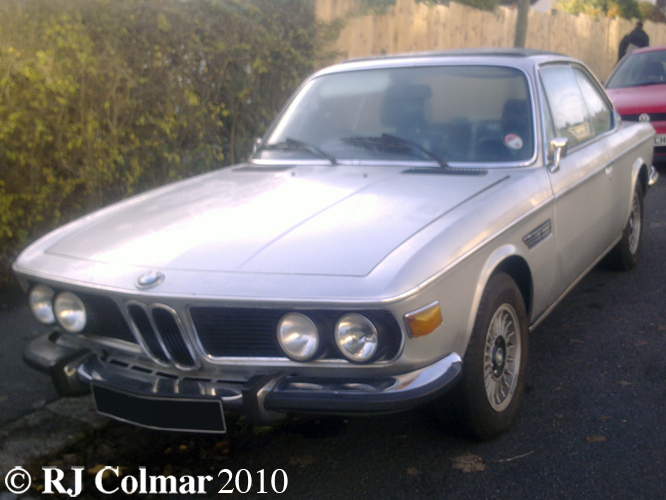At the Berlin Motor Show in 1933 Adolf Hitler announced two new projects the (Kraft durch Freude – strength through joy) KdF- Wagen that would eventually become the Volkswagen Beetle and a state sponsored racing programme for Mercedes Benz. Below is a recreation of a 1936 Mercedes Benz racing department transporter based on a 70 hp petrol engine Mercedes Benz Lo 2570 truck complete with a Mercedes Benz W125 racing car on the back.
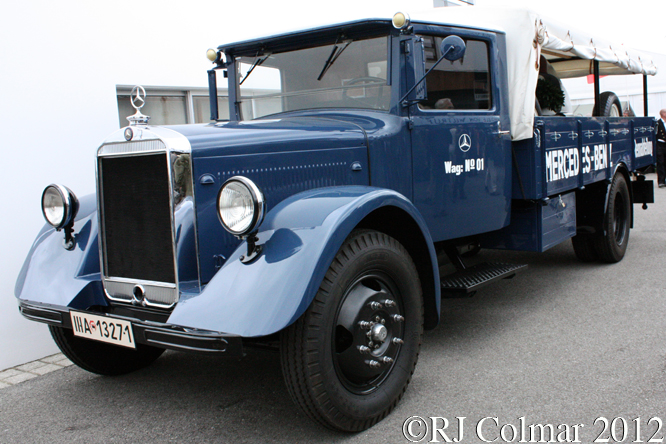
Once it became clear that Hans Stuck would not be joining Mercedes Benz he got together with Chairman of the newly amalgamated Auto Union Baron Klaus von Oertzen and free lance designer Ferdinand Porsche to make a bid to fund a rival for the Mercedes Benz team. Hitler agreed that two rivals would be better than one and so split the funding he had announced in Berlin for Mercedes Benz with Auto Union much to the disgust of the former. Below is a Büssing Typ 300 of the type used by Auto Union to carry their team.
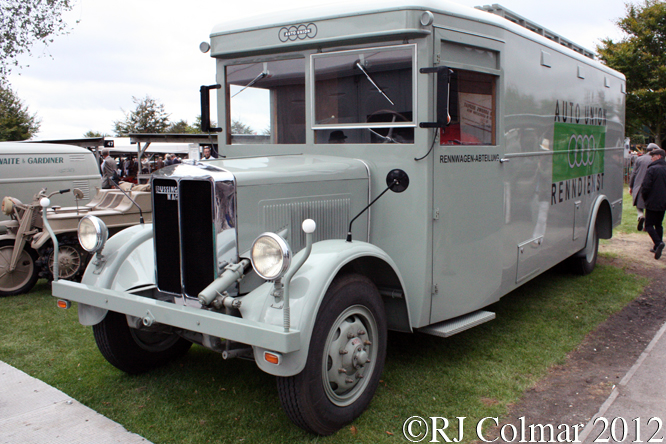
There are numerous stories about how the Mercedes Benz and Auto Union team cars came to be called collectively the Silver Arrows. Apparently the earliest use to the term was in a 1932 radio broadcast in connection with a streamlined Mercedes Benz SSKL driven by Manfred von Brauchitsch was called a Silver Arrow. When the Auto Unions were prepared in 1934 they were all painted silver and bitter rivals Mercedes Benz, who would probably be loath to admit it, appear to have followed suit.

For 1934 Auto Union built the A-Type with, for the period, a wholly unconventional mid engine layout which featured a 291 hp super charged V16 motor there was no championship that year, Alfa Romeo won the first two of the seven major races before Hans Stuck won the German Grand Prix for Auto Union, René Dreyfus managed an unlikely win at the Belgian Grand Prix aboard his Bugatti and Mercedes swept the last two races of the season in Italy and Spain. Above is an A-Type of the type Stuck used to win the 1934 German Grand Prix.
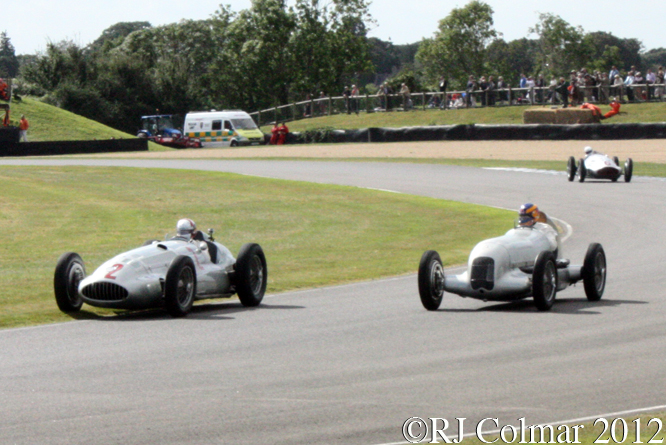
From 1934 to 1937 Mercedes Benz used the W25 powered by a supercharged straight 8 motor that rose from 300 hp in 1934 to 490 hp by the time the W25 was replaced by the W125. In 1935 Rudolf Caracciola won the European Grand Prix Championship with three wins, Stuck one once for Auto Union and Tazio Nuvolari famously upset the Fuhrer by winning for ALFA Romeo in the 1935 German Grand Prix.
Karl Wendlinger had some problems selecting gears with the W25 seen on the left above and when he got a gear on this occasion the car snaked wildly as the narrow power band of his screaming engine kicked in forcing the 1938 W154 onto the grass.

For 1936 Auto Union introduced the C-Type which produced over 500 hp from it’s supercharged V16. This tipped the scales in favour of Bernd Rosemeyer who won three of the four European Championship rounds to become European Champion in 1936. This left the previous years champion Caracciola with a consolation victory at the start of the 1936 season before the Mercedes Benz team withdrew mid season, after the Auto Unions superiority became obvious, to regroup for 1937.
Five time Le Mans winner Frank Biela is seen at the wheel of the C-type above.
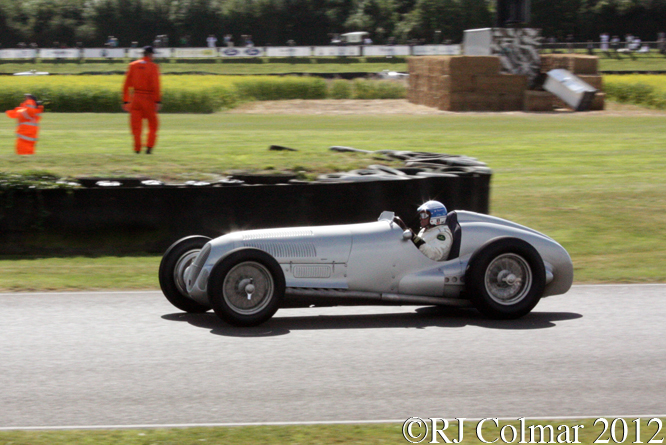
For 1937 Mercedes Benz came back with a vengeance upgrading their supercharged straight eight motor with a swept volume 5,662.85 cc / 345.56 CUI which produced 595 hp and a new W125 chassis as seen being handled by Grand Prix and Le Mans winner Jochen Mass above. After a consolation win at the start of the 1937 season for Rudolf Hasse, Caracciola took three wins from the remaining four rounds of the championship to win the 1937 European Championship title for the second time. Only Manfred von Brauchitsch also aboard a W125 interrupted Caracciola’s progress at Monaco. It was not until the late sixties that circuit racers so powerful would hit the tracks again with the emergence of the unlimited Can Am Series in North America.
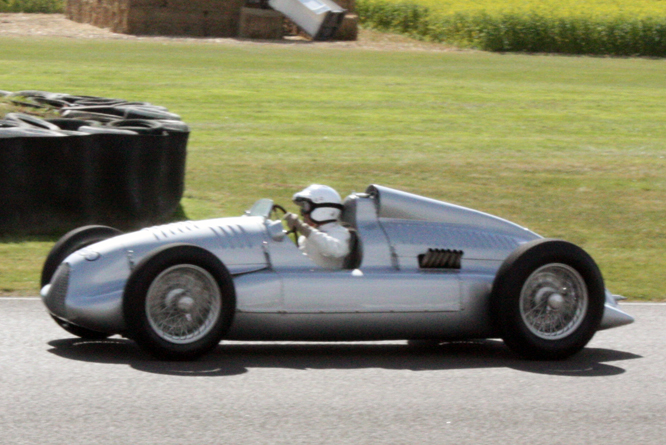
For 1938 the organisers changed the rules to bring the speeds down by announcing a maximum swept volume of three litres / 183 cui. Auto Union developed the new D-type with “only” 12 cylinders in a Vee configuartaion that with 24 psi boost from the supercharger developed 478 hp and was still capable of over 200 mph ! The Nuvolari drove the D-Type, like the one seen here, to a single championship victory at the season finale at Monza.
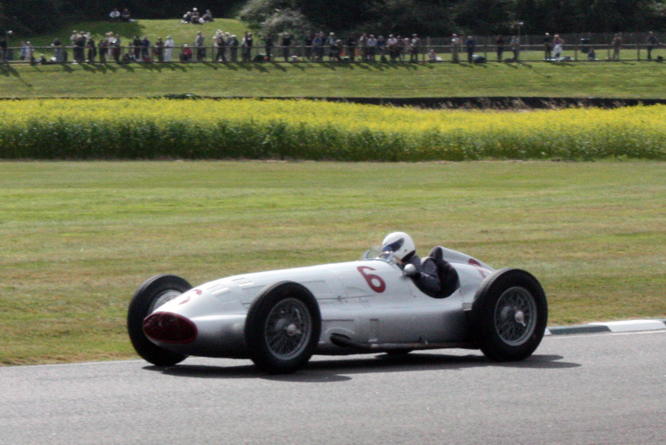
Mercedes Benz built the W154 for the smaller capacity formula using an essentially unchanged chassis from the W125 but with a supercharged V12 giving up to 475 hp. von Brauchitsch and Great Britain’s Richard Seaman won the opening 2 races of the four race series. Caracciola won the third round which was enough to secure him a third European Championship title.
For 1939 there were only four rounds of the European Championship Mercedes again winning three of them Hermann Lang winning the first and last and Caracciola winning the 1939 German Grand Prix all for Mercedes. Herman Paul Müller interrupted the Mercedes domination with a win at the French Grand Prix. Two weeks after the final championship round in Switzerland von Brauchitsch drove the #6 seen here driven by Rob Hall to second place in the non championship Belgrade Grand Prix. That same day the Second World War got underway and the European Championship organisers who apparently had never agreed on the points system to be used for the 1939 championship failed to announce a championship winner. Lang or Mülller would have won depending on the scoring system to be used.
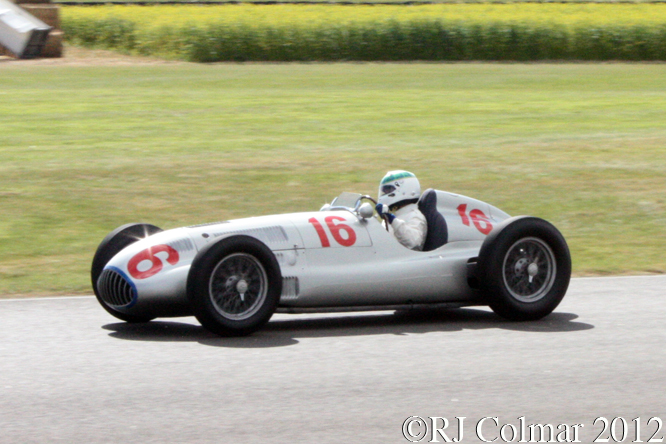
Finally Mercedes Benz built the 1.5 litre 91.5 cui supercharged V8 powered W165, as driven by Paul Stewart above, to compete in the more competitive, or at least varied since nearly everyone had abandoned hope of competing against Mercedes Benz and Auto Union, voiturette (small) class. Two cars were entered for Lang and Caracciola in the Tripoli Grand Prix and they finished first and second in that order. The cars were never to be raced again despite Caracciola being invited to compete at Indianapolis in 1946, he could not get the car out of Europe through Swiss customs.
Without doubt these are some of the most fascinating cars ever seen in motor racing, they dominated races that were often 10 hours long, but in the early years they were not invincible. However great the achievements of the teams and drivers these cars were built in an industrial context with the conscripted help of men and women who were not free to do as they liked, and I would venture to suggest these vehicles should be remembered as a testimony to those who endured unimaginable hardships and in the greater scheme of things some of the greatest inhumanities known to man.
Thanks for joining me on this “#7 Siberpfile” edition of “Gettin’ a li’l psycho on tyres”, I hope you will join me again for some California Sunshine tomorrow. Don’t forget to come back now !
